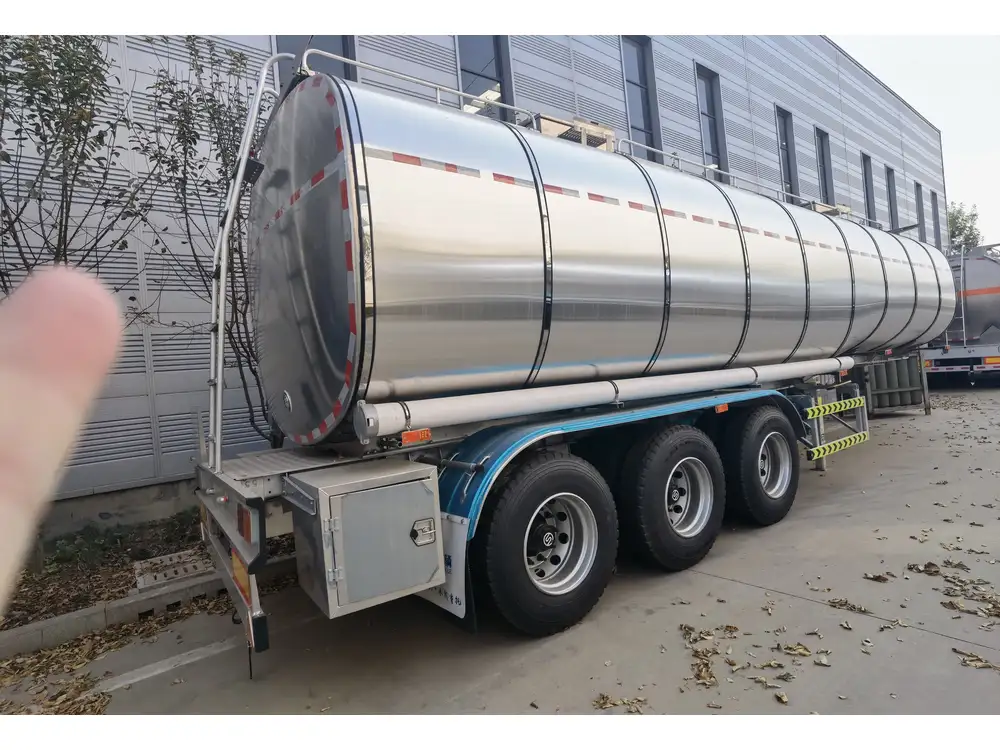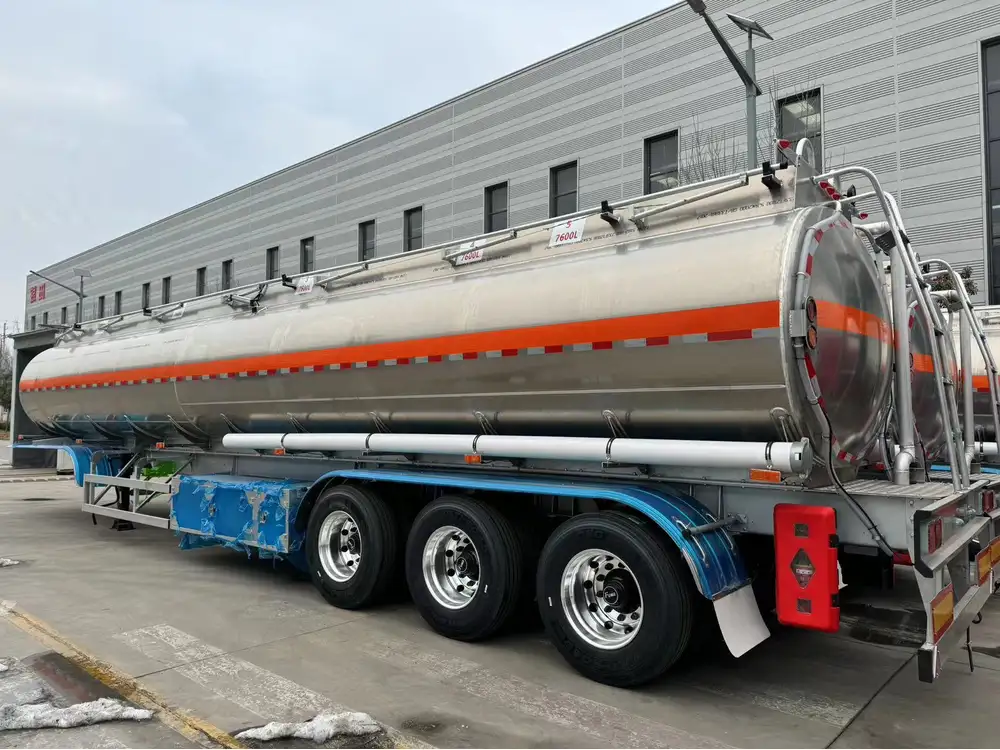Hooking a semi-trailer up properly is a critical skill for anyone in the transportation and logistics industry. This process requires both technical knowledge and practical experience. This guide will delve into the step-by-step process, provide troubleshooting tips, and address common concerns to ensure a seamless connection between your tractor and semi-trailer.
Understanding the Components
Before diving into the hooking process, it’s essential to familiarize yourself with the key components involved:
| Component | Description |
|---|---|
| Semi-Trailer | The cargo-carrying unit that is towed by the tractor. |
| Fifth Wheel Coupling | The mechanism on the tractor that connects with the trailer’s kingpin. |
| Kingpin | A fixed vertical pin on the trailer that locks into the fifth wheel. |
| Safety Chains | Used to reinforce the connection between the tractor and trailer in case of a disconnection. |
| Air Lines | These control the trailer’s braking and suspension systems. |
| Electrical Connections | Connects the trailer lights and braking system to the tractor. |
Understanding these components will aid in executing the hooking process efficiently and safely.
Step-by-Step Guide to Hooking a Semi-Trailer

Step 1: Prepare the Tractor
- Inspect the Fifth Wheel: Ensure that the fifth wheel is lubricated and free of debris. It must pivot smoothly to engage the kingpin.
- Check for Leaks: Inspect air lines and hydraulic systems for leaks that could hinder operation.
- Positioning: Align your tractor so that it approaches the trailer from behind, ensuring a clear path and adequate space to maneuver.
Step 2: Position the Semi-Trailer
- Trailer Placement: Ensure that the trailer is on a level surface and positioned directly in line with the tractor. Utilize chalks if necessary to prevent rolling.
- Height Adjustment: Use the landing gear of the trailer to adjust the height, making sure that it aligns correctly with the fifth wheel.
Step 3: Connecting the Kingpin and Fifth Wheel
- Align the Tractor and Trailer: Slowly back the tractor up to the trailer, monitoring the alignment between the kingpin and fifth wheel. The kingpin should slide directly into the opening of the fifth wheel.
- Locking Mechanism: Once the kingpin is in place, the fifth wheel’s locking jaws will close around it. Listen for an audible click indicating that the mechanism has engaged.
- Visual Inspection: Conduct a visual inspection to ensure the kingpin is properly seated in the fifth wheel. A quick look underneath should confirm the locking jaws are closed securely around the pin.

Step 4: Secure Connections
- Safety Chains: Connect the safety chains by looping them over the attachment points on both the tractor and trailer. Cross the chains to minimize slack and ensure they don’t drag on the ground.
- Air Line Connections: Attach the air lines to the trailer’s glad hands, ensuring you push the couplers together firmly until they lock in place.
- Electrical Connections: Plug in the electrical harness to the trailer, ensuring that all lights (brake lights, turn signals) function correctly after hooking up.
Step 5: Final Checks
- Brake Test: Conduct a brake test by applying the tractor’s brakes and checking for responsiveness from the trailer. Verify that both the trailer and tractor’s brakes engage smoothly.
- Visual Inspection: Conduct a final walk-around to ensure all components are secured. Check that the landing gear is fully raised and locked to avoid dragging during transit.
Troubleshooting Common Problems

Kingpin Misalignment
- Problem: If the kingpin does not enter the fifth wheel properly, re-adjust the angle of the trailer.
- Solution: Move the tractor slightly forward or backward and align again until you hear the locking mechanism engage.
Unresponsive Brakes
- Problem: If the trailer’s brakes are not engaging, it could indicate an air leak or a problem with the electrical connections.
- Solution: Inspect the air lines and electrical connections; ensure all are secure and free from damage. Test the trailer brakes independently to verify their functionality.
Trailer Height Issues
- Problem: If the trailer sits too high or too low, it may affect the connection.
- Solution: Check the landing gear adjustment. Make sure it is either raised or lowered accordingly to accommodate the height of the fifth wheel on the tractor.

Frequently Asked Questions
How Can I Ensure a Safe Connection?
To ensure a safe connection, always double-check that the kingpin is fully engaged, the safety chains are secured, and the air lines and electrical connections are properly linked. A pre-trip inspection is paramount and should be part of the routine.
What If My Trailer’s Lights Don’t Work?
First, ensure that the electrical connection is secure and free from corrosion. If problems persist, check the fuse in the truck and the wiring harness for damages.

Why Is My Trailer Sitting Uneven?
An uneven trailer can stem from improper height adjustment. Adjust the landing gear accordingly, and check if the ground surface under the trailer is sloped.
Conclusion
Hooking a semi-trailer up is an essential process that demands attention to detail and adherence to safety protocols. By following the outlined steps and checks, you can enhance your efficiency and ensure safe travels. Whether you’re a seasoned driver or new to the industry, mastering this skill will contribute significantly to your operational success and safety on the road.
For further resources and training, consider attending workshops or consulting experts within your field. Continuous learning will ensure that you stay updated on best practices in semi-trailer operations. Happy hauling!



